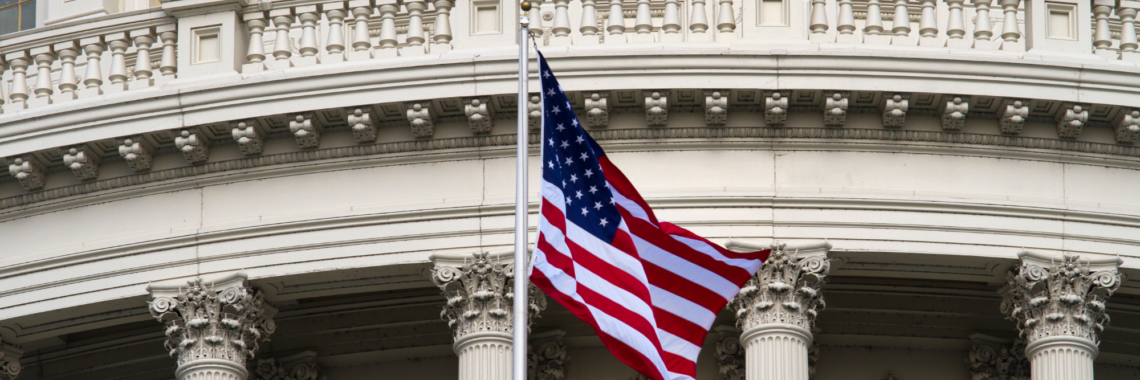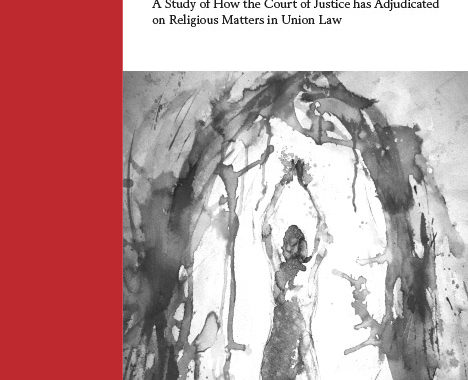“The Bishops, President Biden, and American Catholic Politicians: An Uneasy Relationship” by Charles J. Russo
Photo by Ramaz Bluashvili. Historical Context A timely, significant topic of discussion worth remembering, stretching back to presidential candidate John F. Kennedy’s battle against anti-Catholic prejudice, is the relationship between politicians and their faith leaders. This relationship, particularly involving politicians who are Roman Catholic, is the focus of this article. In his September 12, 1960,…











